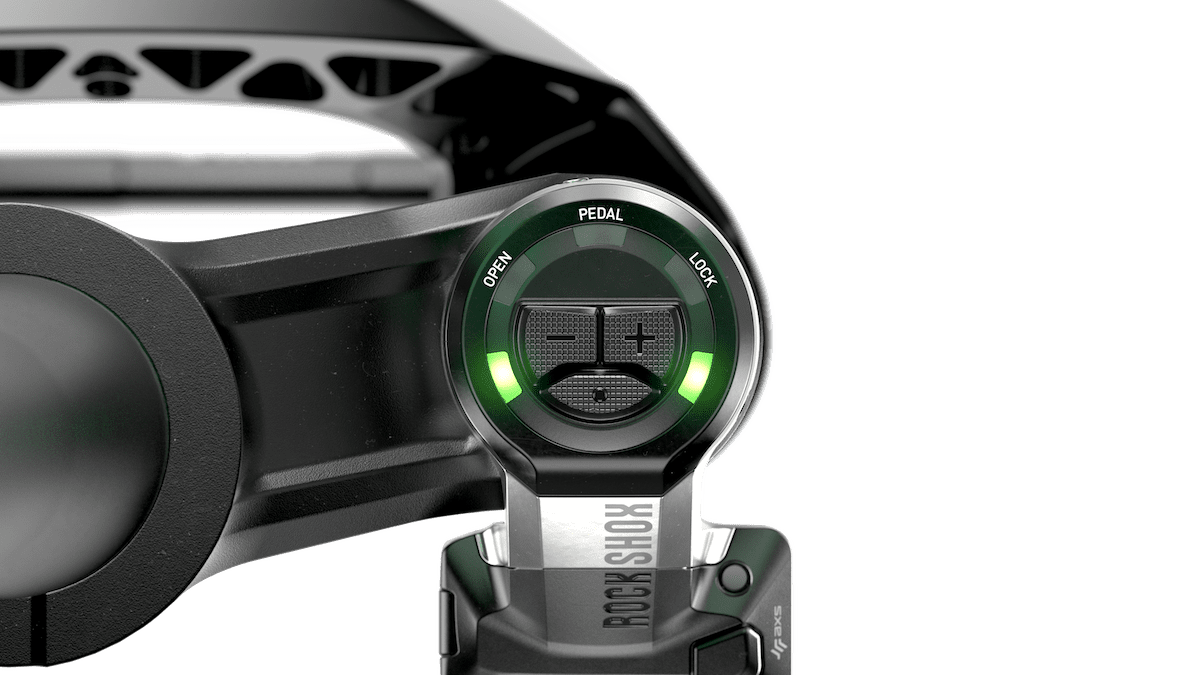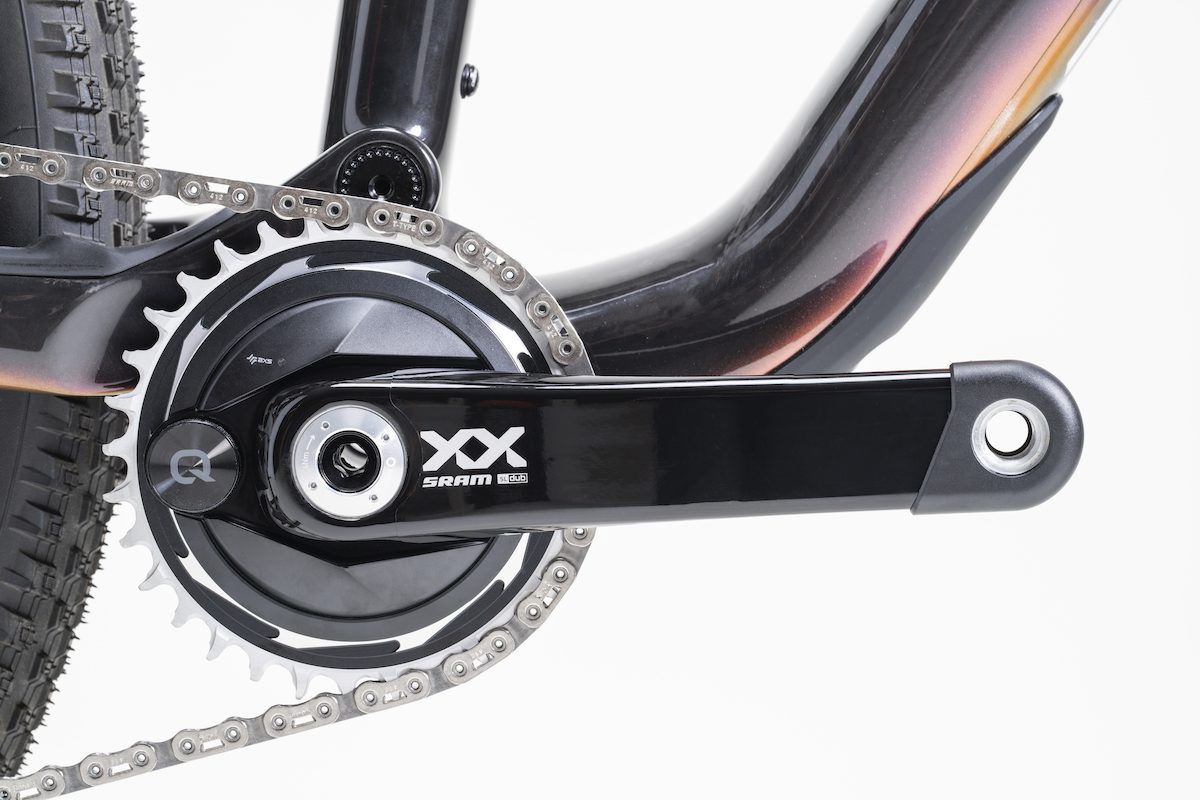SRAM makes Flight Attendant lightweight
Automatic suspension goes XC and gets smart

Back when RockShox first released Flight Attendant for longer travel bikes, the immediate question was why it wasn’t available on XC bikes. The automatic suspension system – which adjusts suspension settings wirelessly and automatically in place of a cable-actuated remote lockout – seemed tailor-made for the demands of cross country racing. Turns out RockShox/SRAM were holding out for something a little more complicated.
What that is was revealed today. As far as technological achievements go, it looks like it was worth the wait. But, as consumers of mountain bikes, not just observers of racing, it’s a little more complicated. Read what’s new and why this is interesting below.
RockShox Flight Attendant goes XC via integration
Is this just Flight Attendant for XC bikes? No. RockShox/SRAM do move the technology over from long-travel suspension products, where it made its debut, to the lightweight SID line. But the big change is that Flight Attendant is now fully integrated into SRAM’s AXS “ecosystem.” In addition to the many sensors that Flight Attendant already used to decide whether your shocks should be in open, trail, or closed settings, the system now responds to how hard you are working.
How? By connecting AXS wireless drivetrain, including SRAM/Quarq power meters, SRAM/RockShox can adjust your suspension based on how you are pedalling, not just how your bike is moving through space. SRAM calls this Adaptive Ride Dynamics and it is clearly tailored to XC racing. Four different “Effort Zones” (customizable via the SRAM AXS app, of course, though SRAM says the system will learn your zones as you ride, if you don’t want to set them) elicit different responses from Flight Attendant. “Sprint,” “High,” “Medium,” and “Low” are all defined as watt ranges. So, if you’re really hammering on the pedals, as you would in a finish sprint, your fork and shock will lock out. If you’re pedalling really hard, as you would racing up a singletrack climb, the system may leave your fork more open, depending on what else the bike is doing. Pretty smart. Pretty cool. Probably pretty fast, too.
All in, the system relies on information from the rear derailleur, shock, fork, Quarq powermeter / bottom bracket and AXS dropper post to make its decisions. That is a lot of information. It’s also a lot of parts made by SRAM brands. The system will work with fewer parts, though certain elements are required for it to function. SRAM calls this “Total System Connectivity,” which either sounds like progress or a little distopian, depending on your mood today.
Flying first class: Flight Attendant pricing
As you might expect, none of this is cheap. The system requires, at minimum, three parts. Fork, shock and, at minimum, SRAM pedaling sensor or Quarq Power Meter. Effort Zones are only available with the power meter and FA is only compatible with Quarq power meters.
SID SL Ultimate FA – USD 1,350
SID Ultimate FA – USD 1,450
SIDLuxe Ultimate shock – USD 850
So, that is USD $2,200 (just shy of $3,000 in CAD) to get into the system with limited functionality. Add an XO Eagle AXS Transmission Power Meter Crankset, for another USD 400, if you want the benefit of Effort Zones. That’s fine if you already use a Quarq system, but a real bummer if you just shelled out for any other power meter. Than add the full complement of AXS rear mech and AXS dropper post for full funcitonality.
From ecosystem to total system connectivity: compatibility and competition
If you’ve been paying attention in the above description, you’ll notice all the parts required for Flight Attendant to work come from SRAM-owned brands. That is, in part, because they need to work with SRAM’s AXS wireless protocol. That does, though, step up SRAM’s AXS “ecosystem” to the new “total system connectivity.” For riders, this is creating an ever more closed component system built around SRAM brands and walled off to any other manufacturers. If you want the most out of Flight Attendant, you have to kit your bike out in brands almost entirely owned by SRAM.
While that closed protocol was an easy enough argument for SRAM to make for its driveatrain/Transmission, and no one really cared when they tacked on a dropper post, it is a whole different game to say that suspension will only achieve full fucntionality with certain drivetrains and certain power meters. Both Shimano and SRAM have a long history of similar moves but, when that battle was limited to drivetrains, the stakes weren’t quite as high for consumers.




